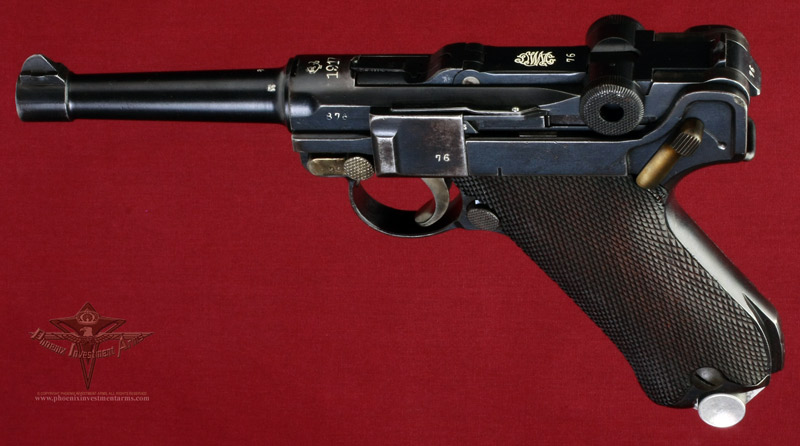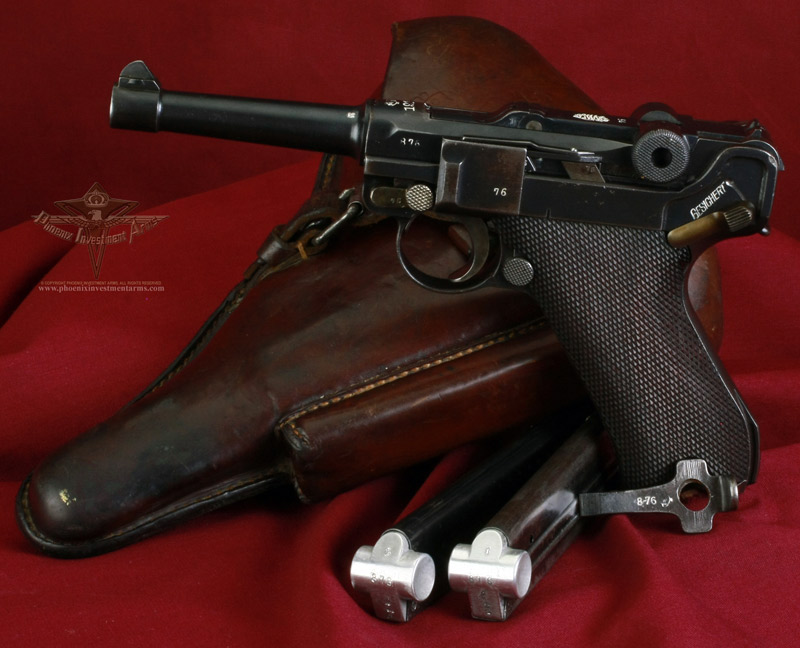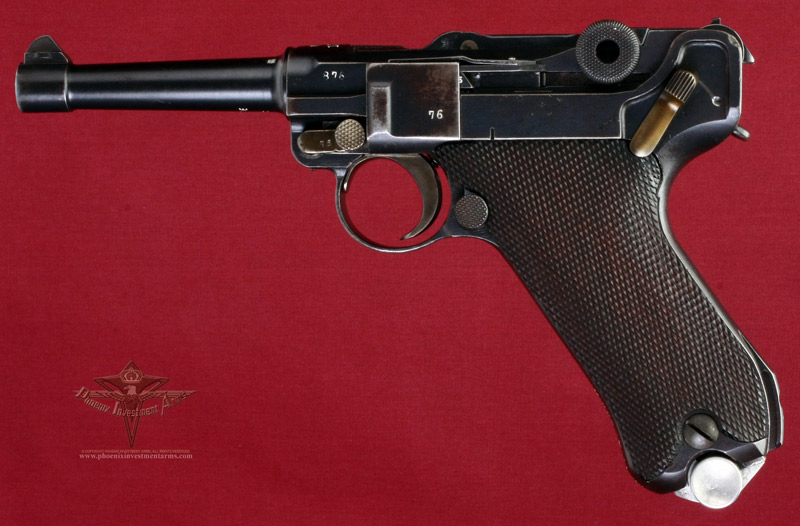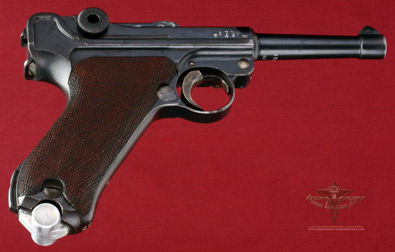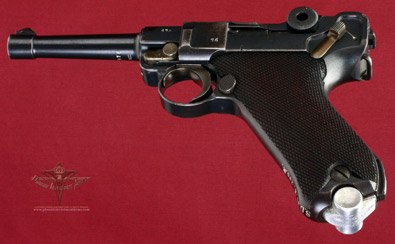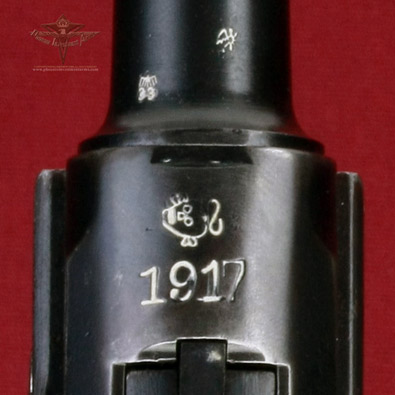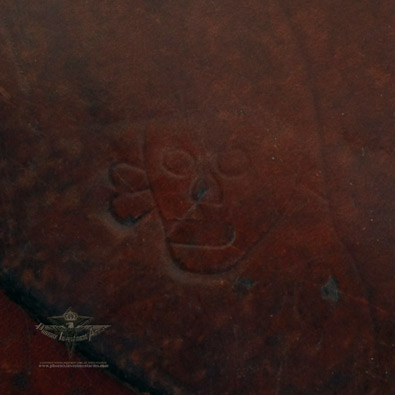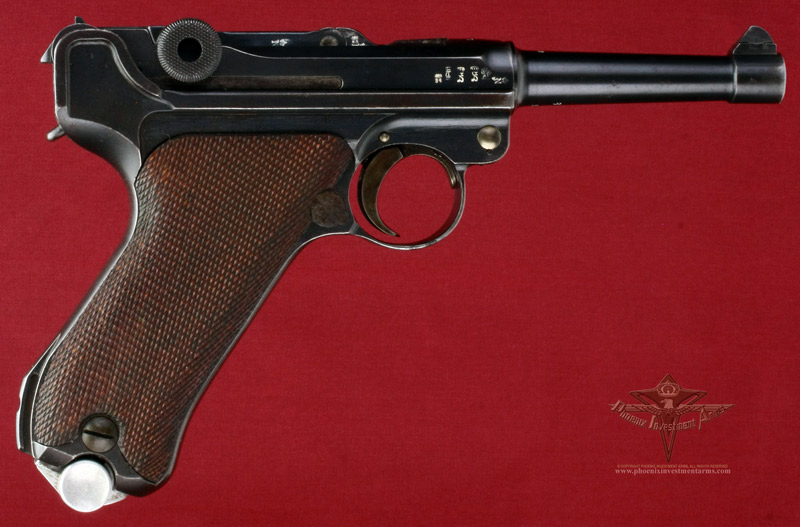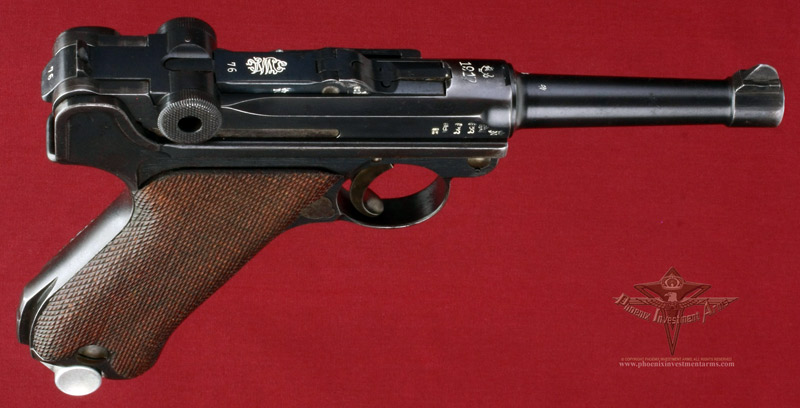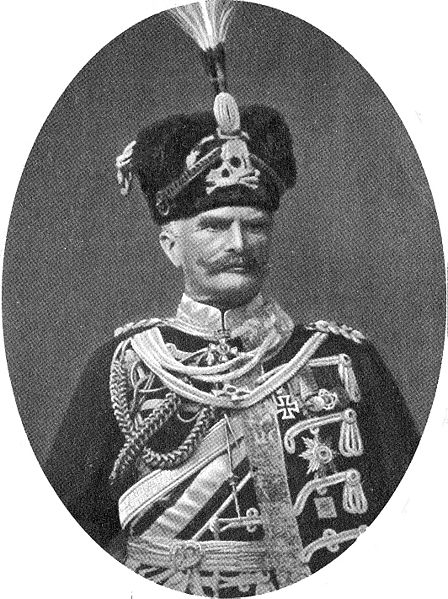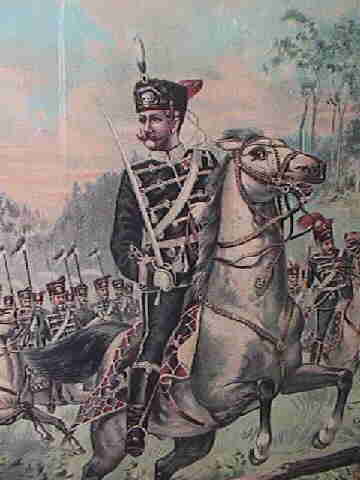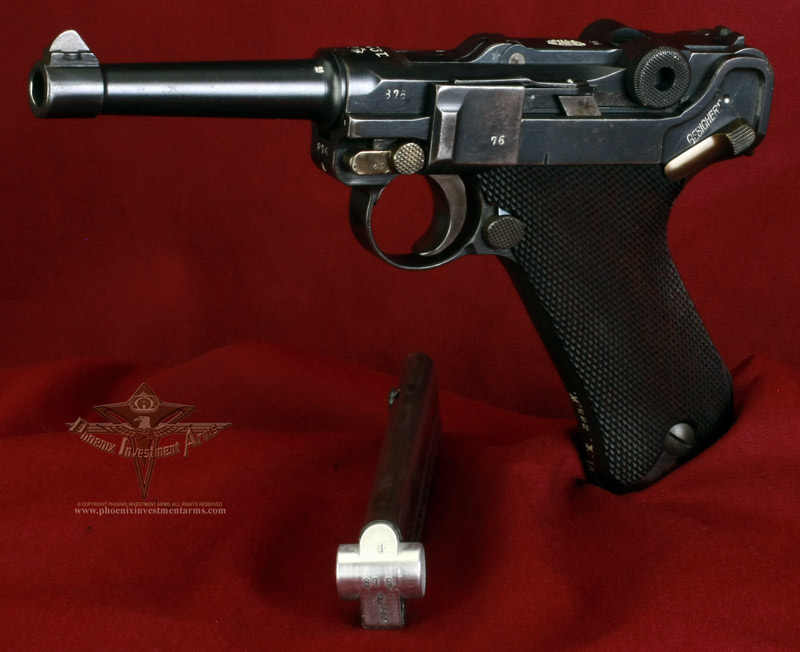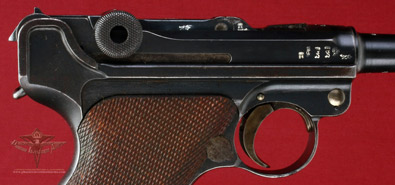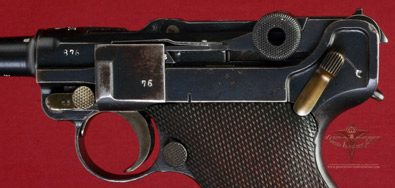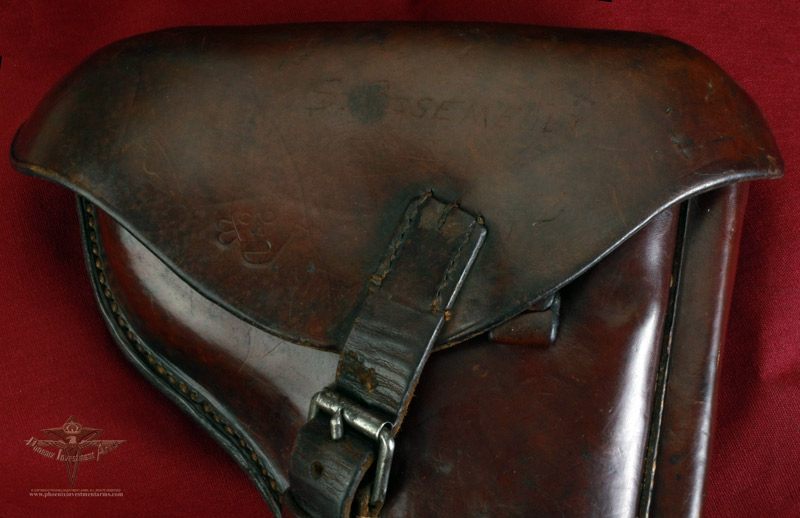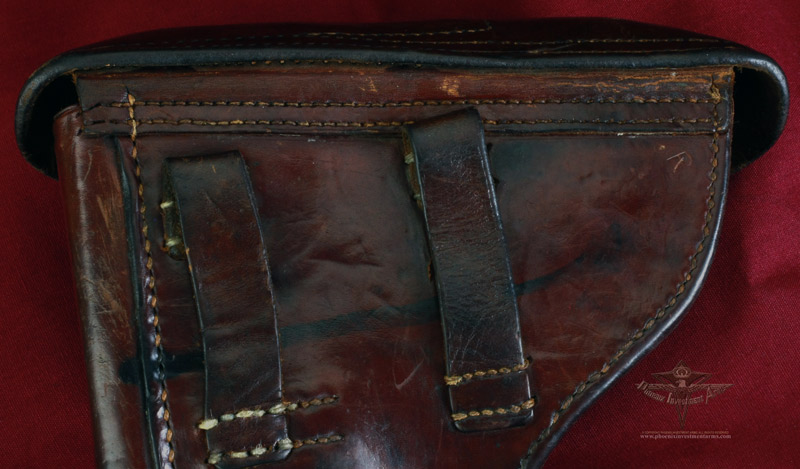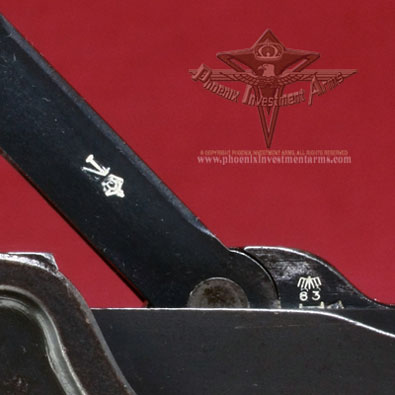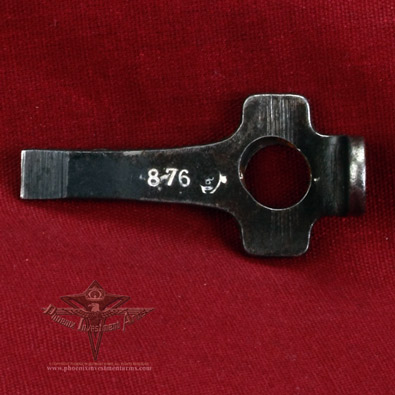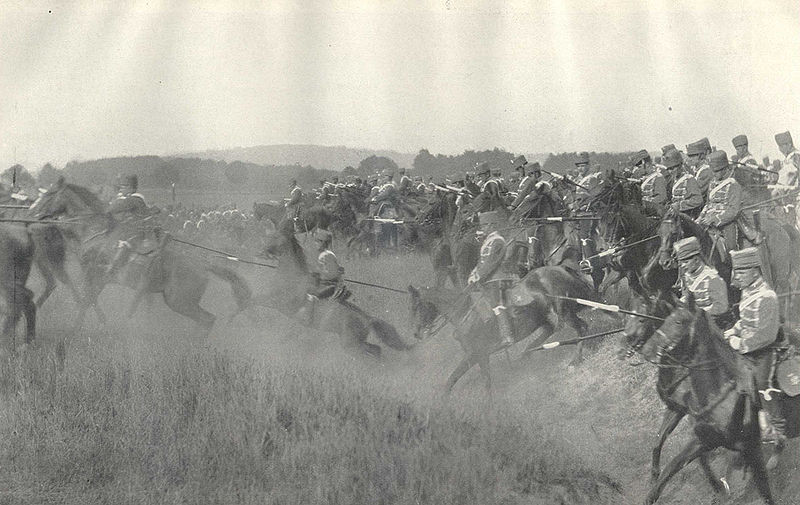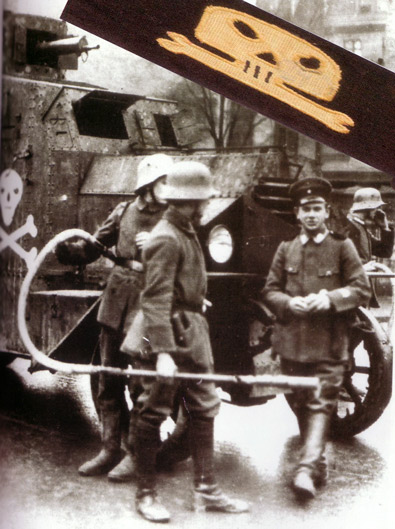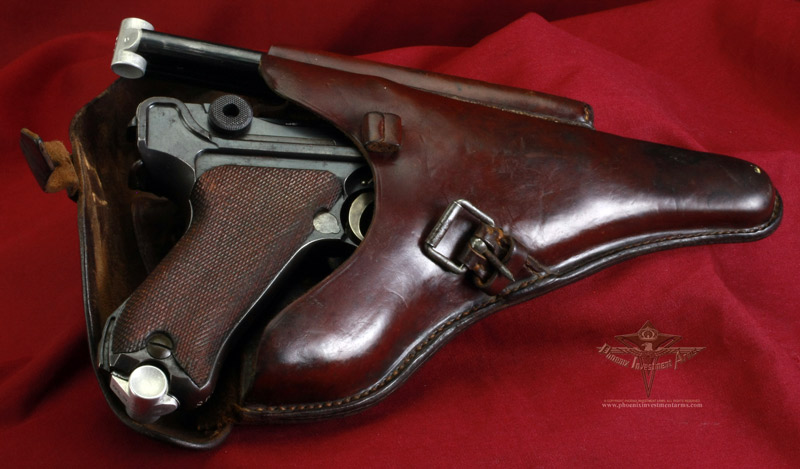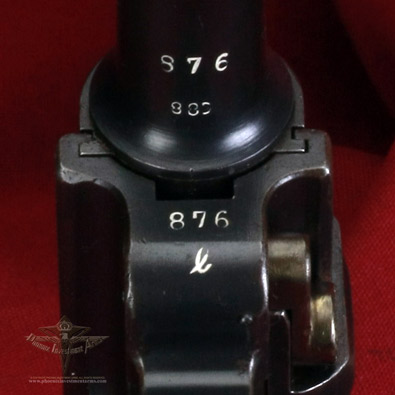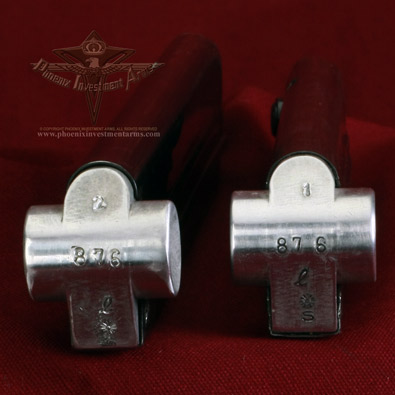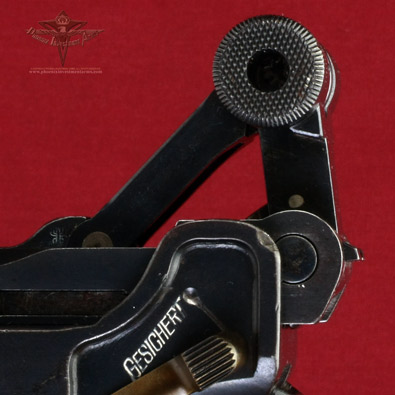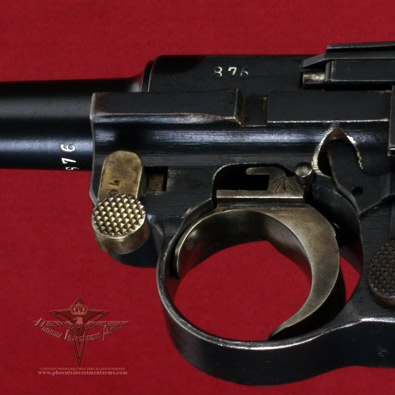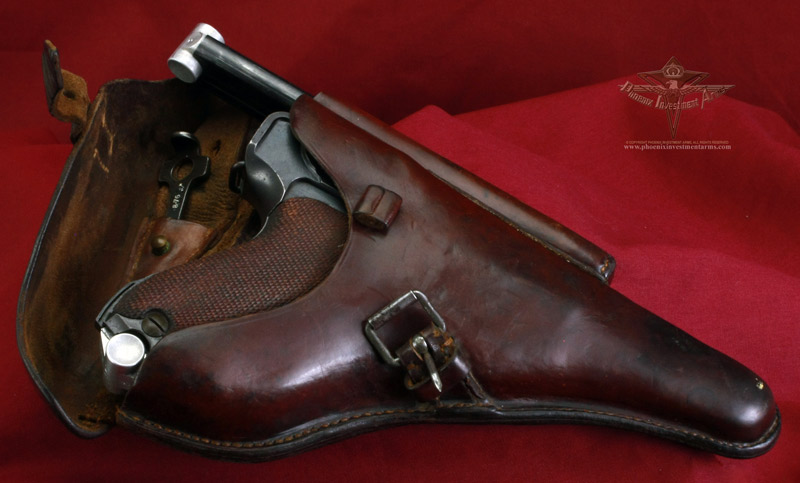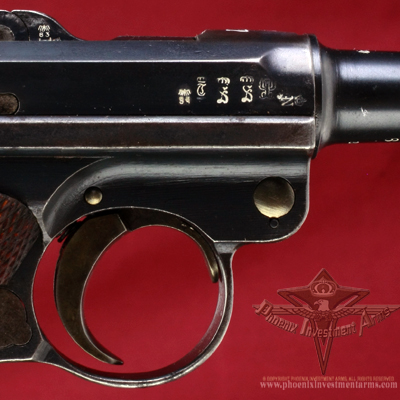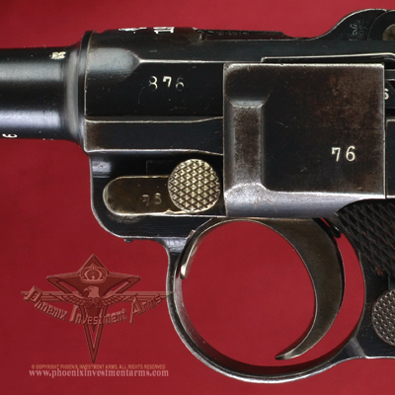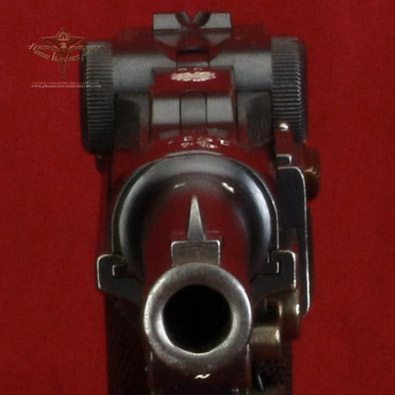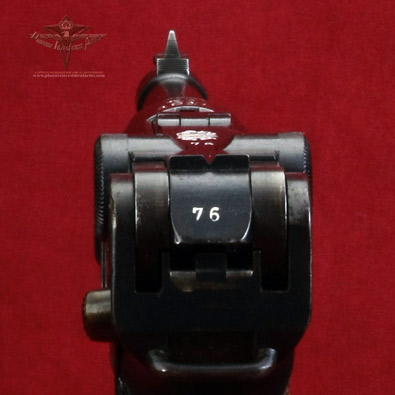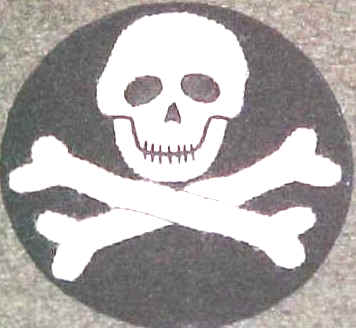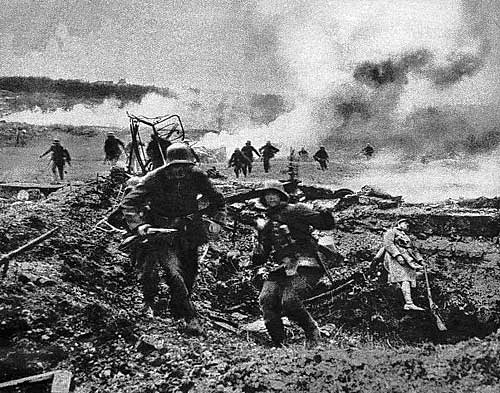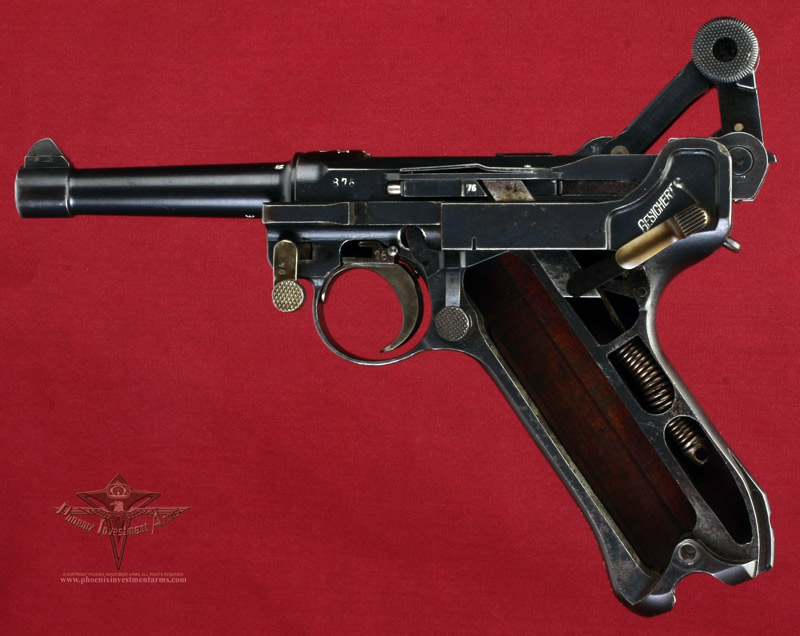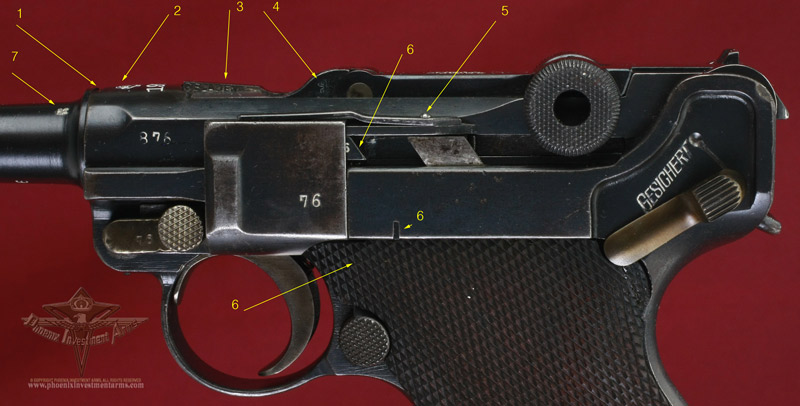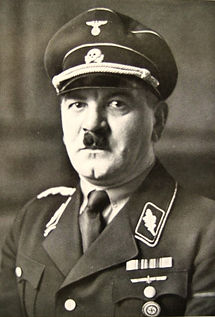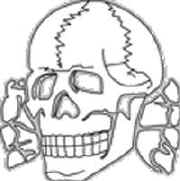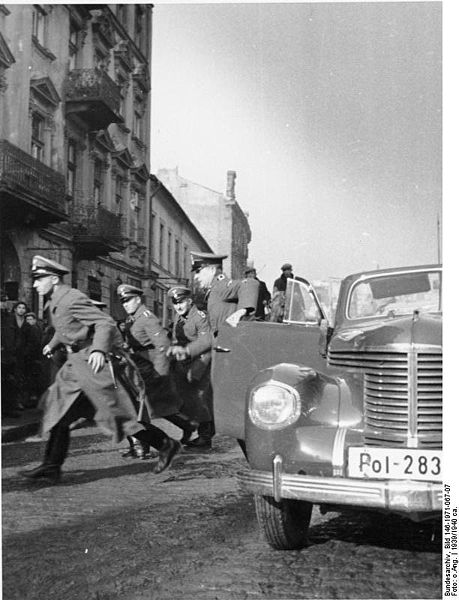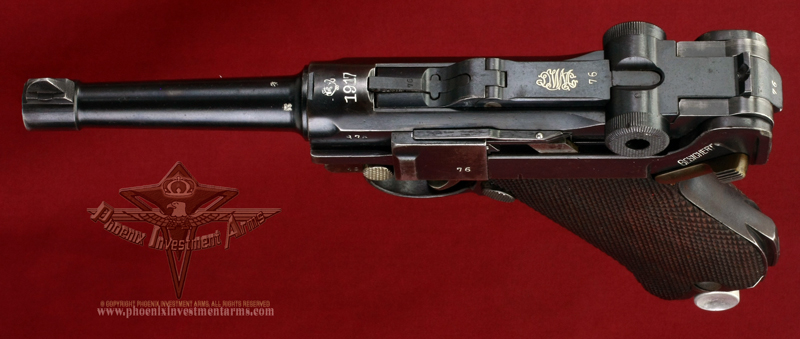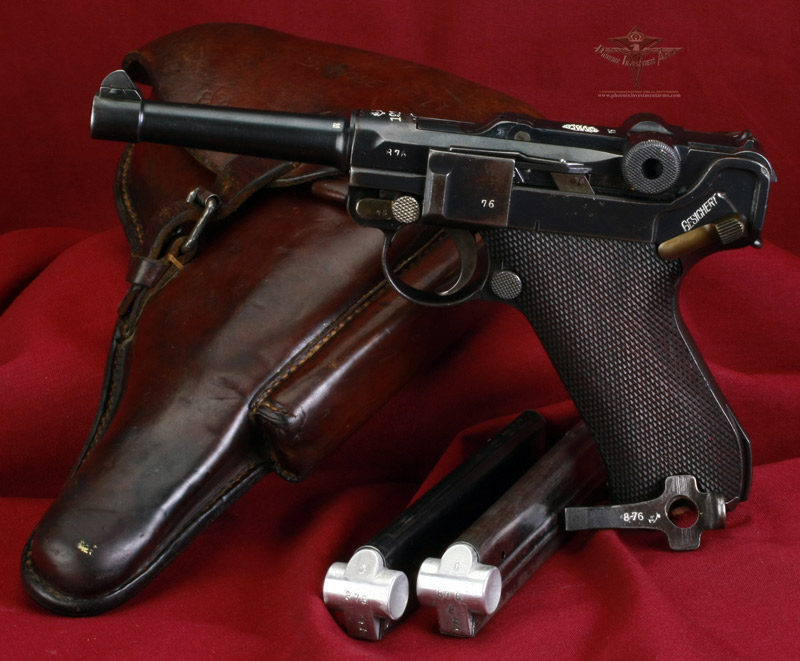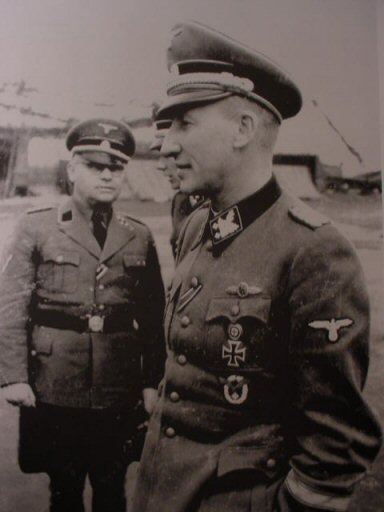 Reinhard
Tristan Eugen Heydrich
(7 March
1904 – 4 June 1942) was a high-ranking German Nazi
official, and one of the main architects of the
Holocaust. He was SS-Obergruppenführer (General) and General der Polizei, chief of the
Reich Main Security Office (including the Gestapo, and Kripo)
and Stellvertretender Reichsprotektor (Deputy
Reich-Protector) of Bohemia and Moravia. Heydrich
chaired the January 1942 Wannsee Conference, which laid out plans for the final
solution to the Jewish Question—the deportation and
extermination of all Jews in
German-occupied territory.
Reinhard
Tristan Eugen Heydrich
(7 March
1904 – 4 June 1942) was a high-ranking German Nazi
official, and one of the main architects of the
Holocaust. He was SS-Obergruppenführer (General) and General der Polizei, chief of the
Reich Main Security Office (including the Gestapo, and Kripo)
and Stellvertretender Reichsprotektor (Deputy
Reich-Protector) of Bohemia and Moravia. Heydrich
chaired the January 1942 Wannsee Conference, which laid out plans for the final
solution to the Jewish Question—the deportation and
extermination of all Jews in
German-occupied territory.
Historians regard him as the darkest figure within the
Nazi elite; Hitler christened him "the man with the iron
heart". He was the founding head of the
Sicherheitsdienst
(SD), an intelligence organization tasked with seeking
out and neutralizing resistance to the Nazi Party via
arrests, deportations, and killings. He helped organize
Kristallnacht,
a series of coordinated attacks against Jews throughout
Nazi Germany and parts of Austria on 9–10 November 1938.
The attacks, which were carried out by SA stormtroopers
and civilians, presaged the Holocaust. Upon his arrival
in Prague,
Heydrich sought to eliminate opposition to the Nazi
occupation by suppressing Czech culture and deporting
and executing members of the Czech resistance
